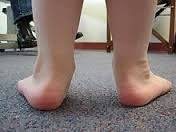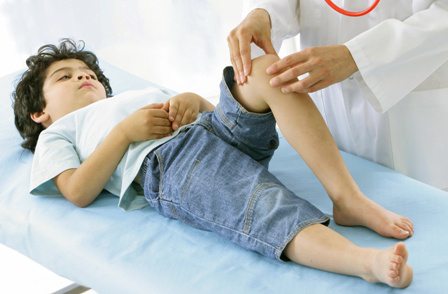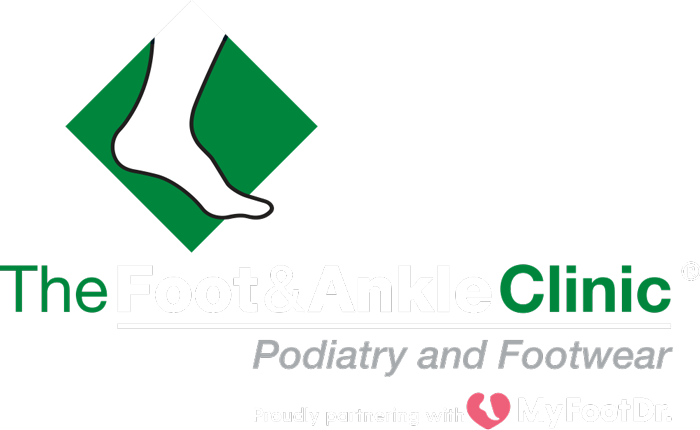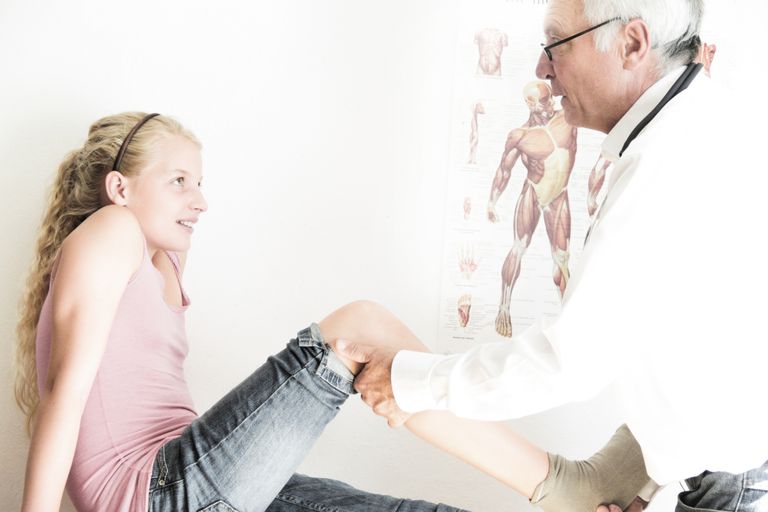Growing Pains
Foot, ankle and leg problems are often considered to be growing pains in children in the bone and muscles of the lower extremity. While in a small number of cases this might be true, in a majority of the cases the pains that plague these children and teenagers may be caused by lower extremity malalignment problems.
Causes of growing pains
The cause of growing pains is unclear. It is often mistakenly thought that the pain is caused by the growth of bones. Yet bones grow slowly, even during growth spurts, and this slow growth does not cause pain.
Some children have growing pains on and off for many years, but usually they go by mid-adolescence. For some children, there is more pain after they have been doing a lot of running and playing, but not all children have this pattern of play then pain.
The pain may be due to:
- Excessively flat feet or feet that appear to point to the outside.
- Children who are knock-kneed.
- Tight muscles, especially the calf, hamstrings and external rotator muscles of the hips.
- Muscular tiredness – more physical activity than usual can be linked to more aching muscles for some children, although all children have some days when they do a lot more things than other days and most do not get pain.
- Poor posture – standing, sitting or walking awkwardly puts greater than usual strain on the supporting muscles of the body. Sometimes, children whose feet roll in (with very flat feet) may have more trouble with pains than other children.

If your child is limping, is complaining of pain during the day, is unwell or if the leg is sore to touch, you need to get your child checked by a Podiatrist. They may have an infection or an injury.
Symptoms of Growing Pains in Children
The symptoms of growing pains include:
- Muscular aches and pains are felt in both legs – typically in the calf, behind the knee and in the front of the thigh.
- Moving the legs does not make the pain better or worse, which shows that the joints are not affected.
- The pain comes and goes, occurring perhaps every night for a week or so, or a few times a week, or only occasionally.
- The onset of pain is around the late afternoon or evening.
- The pain is worse during the night, particularly when the child is supposed to be going to sleep.
- The pain may be severe enough to wake the child from sleep.
- The pain is gone by morning.
- The pain doesn’t cause a limp or make it hard to run and play normally.
- Occasionally, the muscles of the arms may be affected as well.
- The child may also complain of headaches.
Many children who have been diagnosed with growing pains have primary causes that can be addressed with great success. Many of these children are not able to keep up with their peers during activity due to pain and premature fatigue and ultimately this may affect their self-esteem. They become more likely to sit at home or participate in sedentary activities. They are less likely to participate in sports. Inactive children usually become inactive adults who may become overweight.

What age do children get growing pains?
Occasional aches and sharp, throbbing pains are very common in children between the ages of 3 and 5 and then again between 8 and 12. Kids most often feel growing pains in the legs, especially in the front of the thighs, behind the knees, and in the calves.
Treatment of growing pains may include:
- Changing to more supportive shoes to help support the feet and lower extremity better.
- Custom molded prescription orthotics (shoe inserts) to realign the lower extremity. In many cases this will have a relatively quick positive effect on the leg pains these children are experiencing
- Physical therapy and exercises to improve overall muscle flexibility and to improve muscle strength, coordination and balance.
Podiatrists at The Foot and Ankle Clinic have vast experience in assessing and treating Growing Pains and typically this treatment is very successful but involves a multifactorial approach. We also prescribe and supply a wide range of treatment aids to assist with rehabilitation and prevention of Growing Pains.
At the Foot and Ankle Clinic our highly qualified team of Podiatrists are all members of the Australian Podiatry Association and offer a combined 50 years’ experience. They are trained to diagnose and effectively treat Growing Pains via a range of treatments.
Put your feet in our hands! See us today in Chadstone, East Bentleigh, Moe, Sale, Traralgon, Warragul & Online Store and Retail Enquiries. NO REFERRAL NEEDED!.


